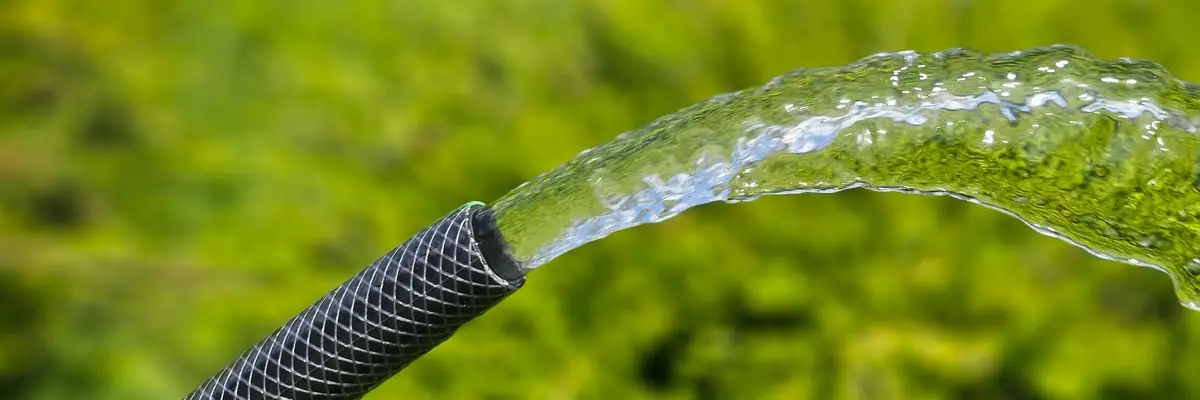Garden trees: natural air conditioners, carbon capturers, and silent heroes

As global temperatures rise and cities become heat islands, trees emerge as our most elegant allies. They cool the air through transpiration—a process by which they release water vapor, acting like a natural air conditioner. A single mature tree can provide cooling equivalent to ten household air conditioners… without consuming a single kilowatt.
But trees don’t stop there.
Every tree captures carbon – including yours
Trees are on the front line in the fight against climate change. Through photosynthesis, they absorb carbon dioxide (CO₂)—the main greenhouse gas—and store it in their trunks, branches, leaves, and even their roots.
- A young tree can absorb up to 10 kg of CO₂ per year, and much more as it matures.
- They store this carbon for decades, even centuries, acting as long-term carbon sinks.
- Even small garden trees contribute to this environmental effort. When multiplied across neighborhoods, their impact becomes significant.
Yes, even the ornamental tree near your patio is working for the atmosphere.
Yes, you can plant a tree – even in a small garden
You think your garden is too small? Think again! There are many species that thrive in limited spaces, without exceeding 4 to 5 meters in height, such as (click to view):
- GLEDITSIA triacanthos ‘Ruby Lace’
- PRUNUS ‘Tai-Haku’
- JUGLANS regia ‘Purpurea’
- FRANGULA alnus ‘Aspleniifolia’
- PARROTIA persica
This list is not exhaustive, so feel free to call us at +33 2.35.90.02.02 so we can find a tree perfectly suited to your garden.
These trees can thrive in small patches of soil or large pots, while providing shade, structure, and biodiversity.
Don’t be afraid of roots: let’s debunk common misconceptions
A common belief is that tree roots destroy pipes or crack foundations. In reality:
- The majority of roots develop within the top 30 to 50 centimeters of soil, spreading outwards rather than growing deep.
- Roots don’t break pipes — they follow moisture. Pipes in good condition are not at risk.
- The spread of roots is generally proportional to the size of the tree, and the farthest roots are thin and flexible, not thick or destructive.
With a bit of common sense, roots pose no problem.
Your garden, your heritage
Planting a tree is much more than gardening — it’s a tangible act for the climate. Trees:
- Cool our neighborhoods
- Purify the air
- Capture carbon
- Support biodiversity
- Provide shade, calm, privacy, and beauty — a poetic quartet that transforms any garden into a sanctuary.
And all of this can begin in a 5 m² patch of earth or a large pot on a balcony.
The tree next door can save the planet
Imagine every small garden with a tree. Imagine neighborhoods connected by foliage, shade, birdsong, and roots that store carbon.
Planting a tree is not just a hobby — it is a silent revolution.
So… what are you going to plant this year?



